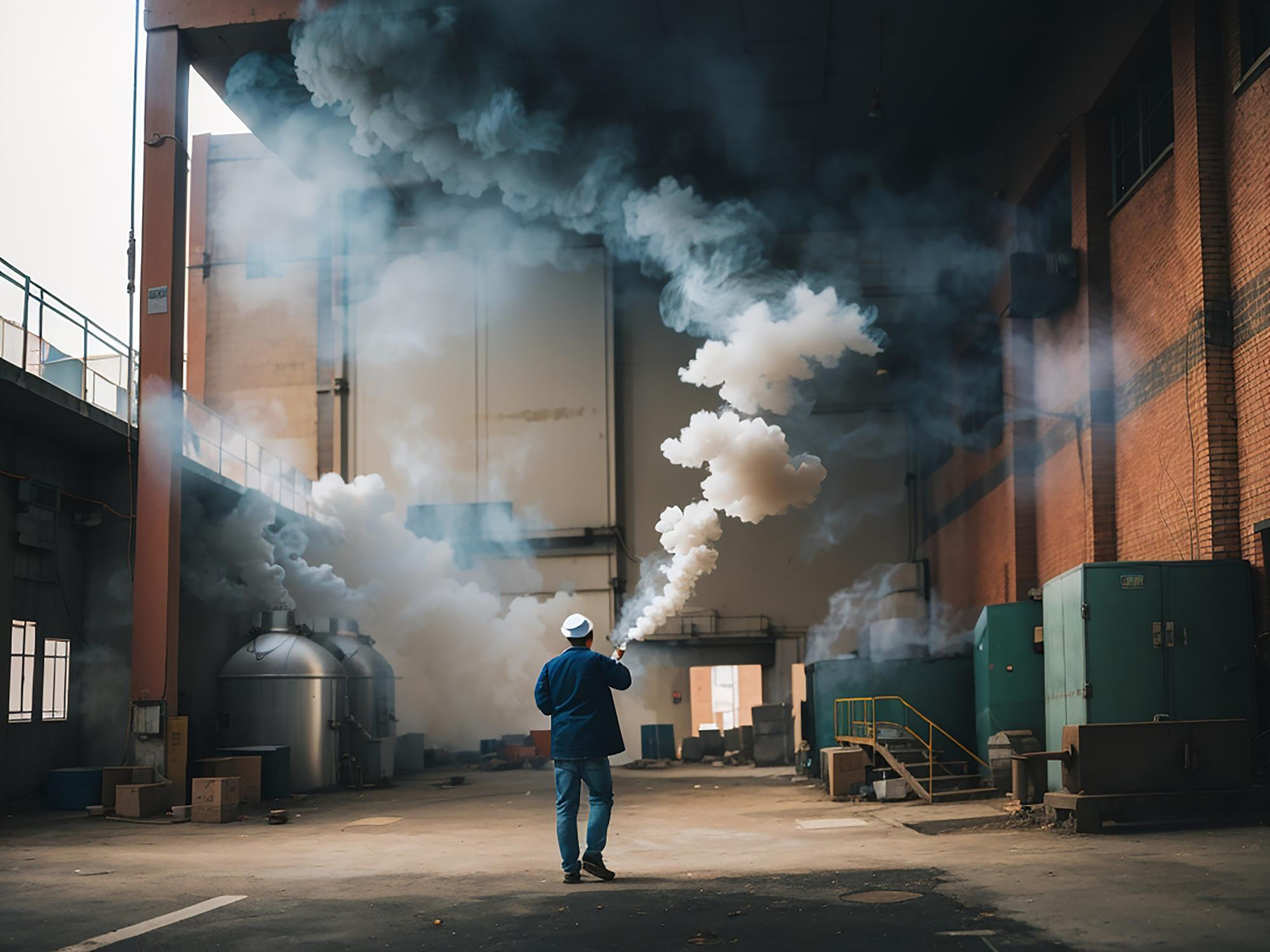Overturning is one of the most dangerous and common accidents when working with forklifts. According to the National Institute for Safety and Health at Work (INSST), 51% of forklift overturns result in serious consequences. These occur when the worker becomes trapped under the machine after it overturns.
Furthermore, these accidents often have fatal consequences for the workers involved.
The deadly danger of forklift overturns
The INSST states that 16% of total forklift overturn cases result in the worker's death. This means that approximately one out of every six forklift overturns is a fatal accident.
On the other hand, these accidents account for a significant percentage of the total mortality in forklift-related work. According to the Occupational Safety and Health Administration (OSHA), 42% of fatal forklift accidents are caused by crushing after an overturn.
This agency also asserts that around 35,000 serious accidents due to forklift overturns occur annually in the United States. This data not only reflects the seriousness of this accident but also its alarming frequency.
Common causes of forklift overturns
Here are some of the most frequent reasons for forklift overturns:
- Driving with the load raised too high.
- Driving with the forks raised or the mast extended, which can cause collisions with elevated parts of the building.
- Carrying excessive loads, exceeding the recommended limits.
- Moving too fast, especially when taking a curve or turning.
- Driving on uneven terrain or over bumps.
How to prevent forklift overturn accidents:
- Ensure loads are placed stably and use a rollover protection device.
- Drive with the forklift forks 15 centimeters above the ground and the mast tilted backward.
- Do not exceed speeds of 10 km/h and reduce speed when approaching curves or turns.
- Do not transport loads exceeding recommended limits.
- Avoid uneven terrain, bumps, and clear the area of sharp or obstructive objects.
- When on slopes, drive in reverse when descending and forward when ascending.
- Always wear the seatbelt. In cases where forklift overturns cannot be prevented, the seatbelt can prevent the worker from suffering a fatal crush.
- Provide proper risk prevention training: Employees should be trained to operate forklifts safely. This includes teaching them all safety measures and precautions to avoid accidents like overturns. In the realm of safety and health training, technologies such as virtual reality are already being used, offering simulations that allow practicing risky forklift situations without real danger.
Do you want to learn more about the different risks associated with working with forklifts and how to prevent them? Discover it in the following link.












